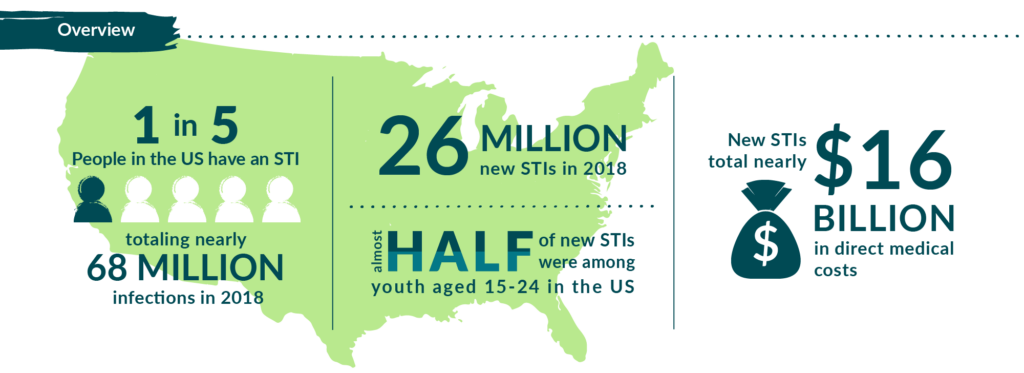HIV & STI National Strategic Plans Call for Enhanced Coordination of Efforts
From HIV.gov…
The recently released STI National Strategic Plan (STI Plan) and HIV National Strategic Plan were developed concurrently with the Viral Hepatitis National Strategic Plan and each calls for a more integrated approach to addressing the syndemic of HIV, STIs, viral hepatitis, and substance use and mental health disorders. Together, these three plans aim to enhance coordination of the activities of federal agencies and diverse community stakeholders to reduce morbidity and mortality, stigma, discrimination, health inequities, and disparities; improve outcomes; and fortify the public health and health care infrastructure to support prevention, diagnosis, care, and treatment across these infectious diseases. As federal agencies begin work to develop implementation plans for each of these five-year plans, we will explore opportunities to enhance integration of prevention, care, and treatment of STIs, HIV, viral hepatitis, and behavioral health issues by leveraging capacity and infrastructure across the domains and breaking down operational and funding silos.
Such silos result in missed opportunities every day to test people for multiple infections and to scale up services in settings where people at risk receive other services. These missed opportunities translate directly into lost time and resources and may result in harm to people who remain undiagnosed, untreated, and at risk of severe outcomes or of transmitting HIV, an STI, or viral hepatitis to others. A reciprocal, integrated approach in our responses to infectious diseases and substance use and mental health disorders that puts patients first through a status-neutral and no-wrong-door approach will maximize their ability to access services that meet their health needs.
For example, HIV testing, prevention, and care programs can identify opportunities to screen for other STIs, viral hepatitis, and behavioral health issues and provide treatment and/or linkage to appropriate services. Current CDC PrEP guidelines recommend STI screening as part of PrEP care and the HHS HIV Treatment Guidelines provide information on screening, treatment, and prevention of herpes and syphilis.
Similarly, STD clinic patients represent a population at increased risk for HIV; so STD specialty clinics play a vital role in reaching people at risk for HIV who are not engaged in HIV prevention programs or other health care services, including those who are uninsured and those who seek confidential services. In addition, STD specialty clinics serve a high proportion of racial and ethnic minorities, gay and bisexual men, and transgender people so are ideally positioned to reach these populations disproportionately affected by HIV who could benefit from PrEP or PEP or reach people with HIV who are either unaware of their status or are not virally suppressed and could benefit from linkage to or reengagement in care.
